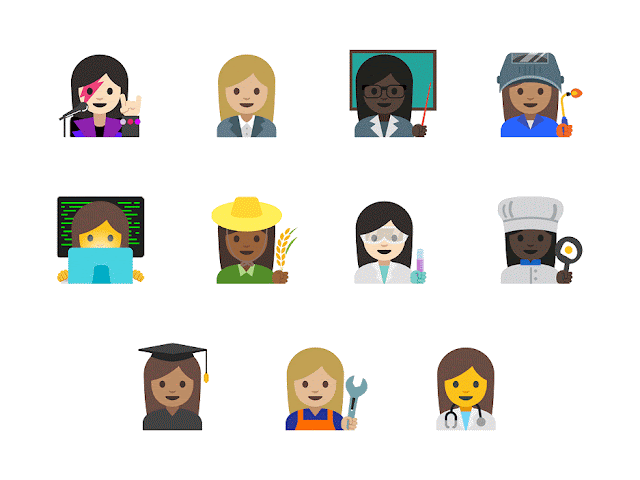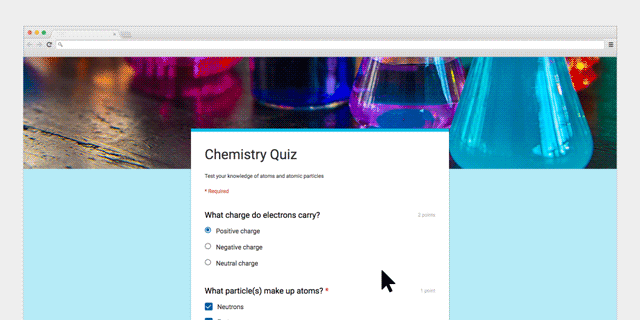Bluetooth beacons mark important places and objects in a way that your phone understands. Last year, we introduced the Google beacon platform including Eddystone, Nearby Messages and the Proximity Beacon API that helps developers build beacon-powered proximity and location features in their apps.
Since then, we’ve learned that when deployment of physical infrastructure is involved, it’s important to get the best possible value from your investment. That’s why the Google beacon platform works differently from the traditional approach.
We don’t think of beacons as only pointing to a single feature in an app, or a single web resource. Instead, the Google beacon platform enables extensible location infrastructure that you can manage through your Google Developer project and reuse many times. Each beacon can take part in several different interactions: through your app, through other developers’ apps, through Google services, and the web. All of this functionality works transparently across Eddystone-UID and Eddystone-EID — because using our APIs means you never have to think about monitoring for the individual bytes that a beacon is broadcasting.
For example, we’re excited that the City of Amsterdam has adopted Eddystone and the newly released publicly visible namespace feature for the foundation of their open beacon network. Or, through Nearby Notifications, Eddystone and the Google beacon platform enable explorers of the BFG Dream Jar Trail to discover cloud-updateable content in Dream Jars across London.
To make getting started as easy as possible we’ve provided a set of tools to help developers, including links to beacon manufacturers that can help you with Eddystone, Beacon Tools (for Android and iOS), the Beacon Dashboard, a codelab and of course our documentation. And, if you were not able to attend Google I/O in person this year, you can watch my session, Location and Proximity Superpowers: Eddystone + Google Beacon Platform:
We can’t wait to see what you build!
|
|
About Peter: I am a Product Manager for the Google beacon platform, including the open beacon format Eddystone, and Google’s cloud services that integrate beacon technology with first and third party apps. When I’m not working at Google I enjoy taking my dog, Oscar, for walks on Hampstead Heath. |















